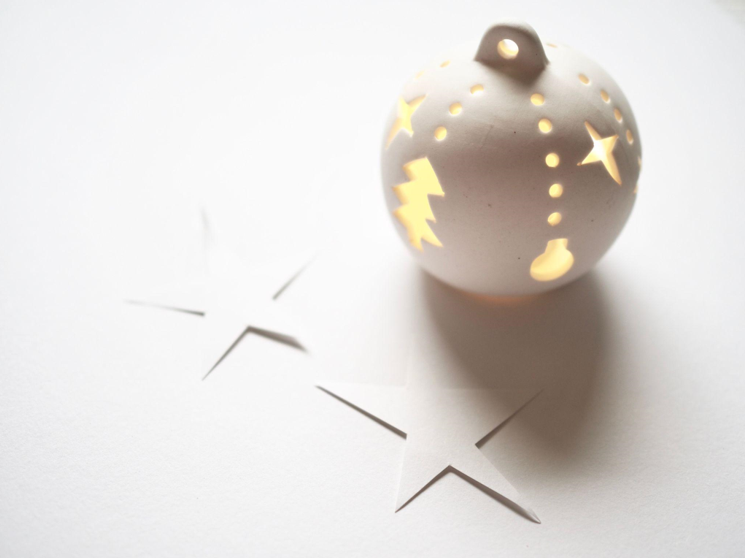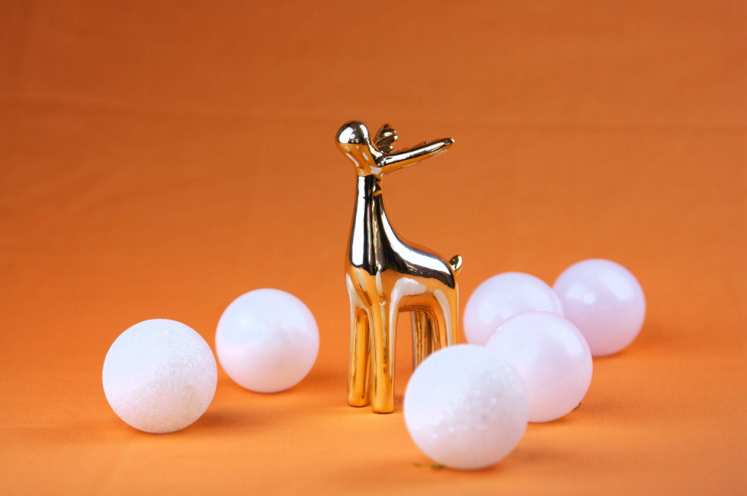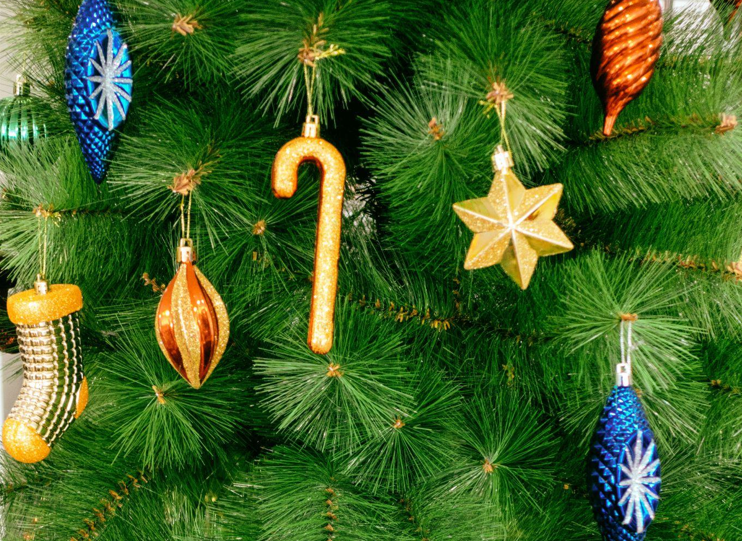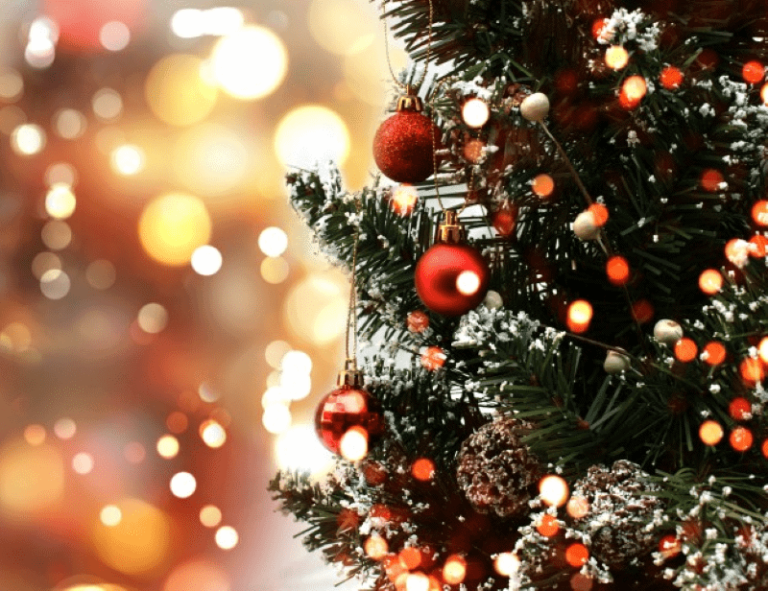The Environmental Benefits of Choosing a 7-foot Artificial Christmas Tree
The Eco-Friendly Choice: 7-foot Artificial Christmas Trees
When it comes to holiday traditions, decorating a Christmas tree is often at the top. However, many people are starting to rethink their choice of a traditional real tree and are opting for a more eco-friendly option- a 7-foot artificial Christmas tree. In this article, we explore the benefits of choosing an artificial tree over a real one and why it can be the more responsible choice for the environment.
Real Trees vs. Artificial Trees: Which is the More Sustainable Choice?
Let’s start with the facts. According to the National Christmas Tree Association, approximately 25-30 million real Christmas trees are sold annually in the United States. While these trees are often grown on tree farms, they still contribute to deforestation and require pesticides and fertilizers. Additionally, many of these trees end up in landfills after the holiday season, releasing methane gas as they decompose.
On the other hand, artificial trees can be reused for several years, reducing the demand for new trees and minimizing the ecological impact. According to the American Christmas Tree Association, if a family were to keep an artificial tree for six years or more, it would have a lower carbon footprint than buying a real tree every year.
Why Choose a 7-foot Artificial Christmas Tree?
Aside from the environmental benefits, a 7-foot artificial christmas tree can offer practical advantages over a real tree. For one, they are often easier to set up and less messy than a traditional tree. You don’t have to worry about watering it, sweeping up fallen needles, or struggling to untangle the lights. Additionally, artificial trees come in various styles and colors, allowing you to choose one that complements your decor and personal taste.
One argument against artificial trees is that they are made of non-biodegradable materials and can take centuries to decompose in landfills. While this is true, it’s worth noting that artificial trees can be recycled instead of discarded. Many communities have programs to collect and recycle old artificial trees, diverting them from the waste stream and repurposing the materials for future use.
The Bottom Line
In conclusion, while the debate between natural and artificial Christmas trees may continue, it’s clear that a 7-foot artificial Christmas tree is the more sustainable choice. It reduces the demand for natural resources, minimizes waste, and can be reused for several years. Plus, it offers practical benefits such as ease of setup and customization options. So this holiday season, consider switching to an artificial tree and do your part to protect the environment while still enjoying the season’s spirit.






